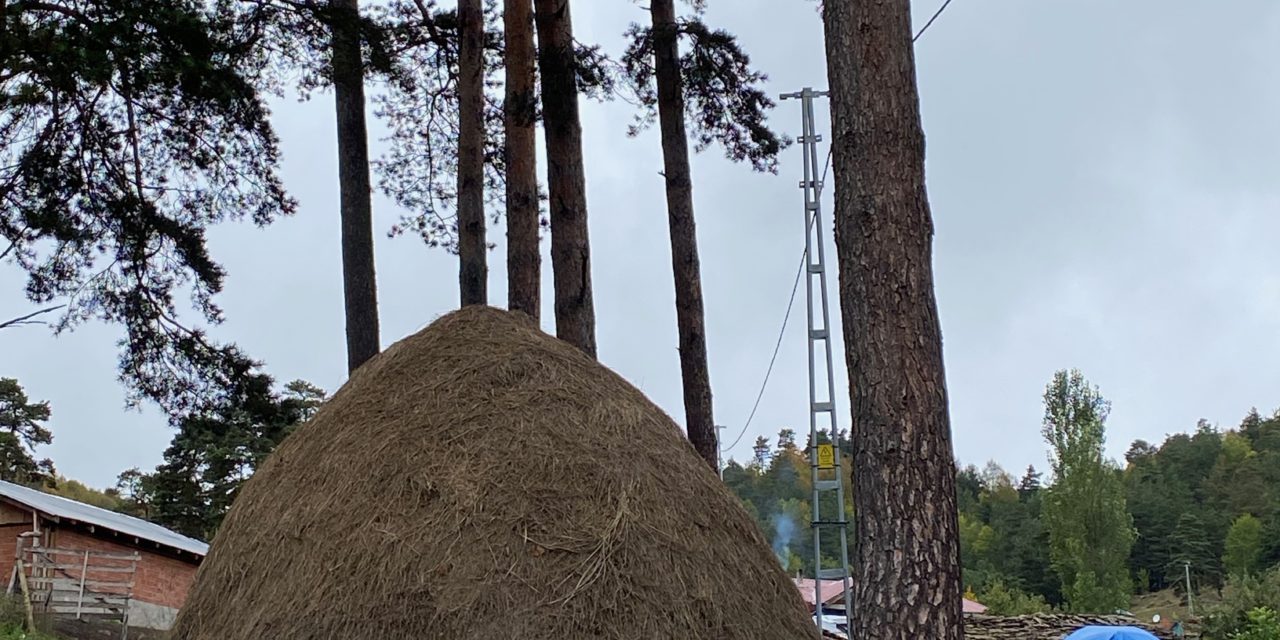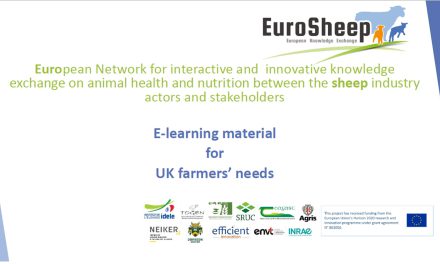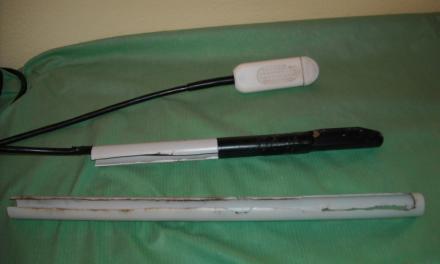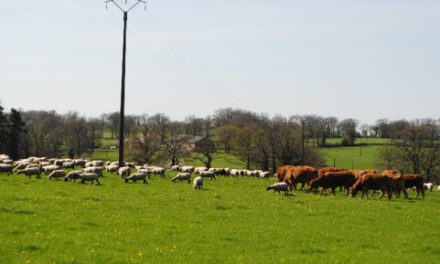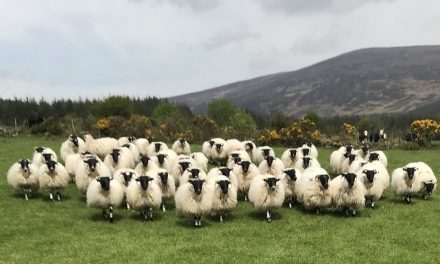This post is also available in:
![]()
![]()
![]()
![]()
![]()
![]()
Practical guide for conservation methods
Solution name: Practical guide for conservation methods
Aim: To provide practical guidelines for conserving forages in animal nutrition
Description:
Forages can be conserved to feed livestock during periods of shortage, caused by limited pasture growth or inadequate pasture conditions, or as a supplement (for example, when supplementing with a legume). Conserved forages can take the form of hay, haylage and silage.
While several techniques have been proven as efficient ways to store forages, it is essential to keep in mind that, at best, conserved forages can rarely match the nutritional value of fresh forage, and some losses of highly digestible nutrients (sugar, protein, and fat) are unavoidable. The goal in forage conservation should focus on minimizing losses, which start immediately after cutting.
The process of selecting a conservation technique should consider the suitability of the forage for a given procedure, storage capability, weather conditions, and the intended use of the conserved forage. The selected conservation technique should maximize nutrient conservation efficiency and minimize production costs.
Topic: Nutrition
Production: Dairy / Meat
Animal Category: Ewe
Issue: Conservation of forage production (Ewe)
Level of Solution: Knowledge
Country: Turkey

How to implement it
- Drying would be the most convenient methods for forage
- important points for hay making are in the attachment.
- Silage and or haylage making would be also recommended.
- The description of each conservation methods is in the attachment
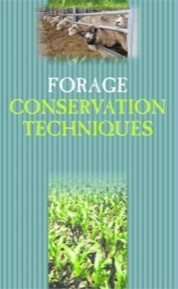
- Types of wheat should be silage, and legumes are better for haylage.
- It is necessary to use protective additives such as organic acids or microbial inoculants to prevent mold growth after withering after harvesting.
- After drying, storage in a good ventilated environment is necessary
Expected benefits
- It has a feed value only slightly lower than that of concentrates.
- If harvested at the right stage and adequately stored, most of the protein in the forage will be preserved, thus reducing the requirements for purchasing protein supplements.
- To reduce feed costs, a quality grass source and supplement nutrient deficiencies in winter.
Prerequisites and/or limits
- Causes an increase in labour force during conservation
- Requirements may change according to the types of forage
- If legumes are silaged, it may be cause molding easier
Information Source / Useful links
- Field drying-rate differences among three cool-season grasses. Forage and Grazinglands, 12(1): 1-5. https://acsess.onlinelibrary.wiley.com/doi/abs/10.2134/FG-2013-0104-RS
- Preservation of forage as hay and silage. In Forages: An Introduction to Grassland Agriculture (eds. R.F. Barnes, et al.) Vol. 1, 6th edition. p. 443-471. https://www.wiley.com/en-us/Forages%2C+Volume+1%3A+An+Introduction+to+Grassland+Agriculture%2C+7th+Edition-p-9781119300649
- Forage quality: concepts and practices. AG-792. Raleigh, NC: North Carolina Cooperative Extension. http://www.forages.ncsu.edu/assets/forage-quality.pdf
- Effects of stage of maturity at harvest, wilting and LAB inoculant on aerobic stability of wheat silages. Animal Feed Science and Technology, 158(1–2): 29-35. https://www.sciencedirect.com/science/article/pii/S0377840110000763
- Forage Conservation Techniques: Hay Production. https://content.ces.ncsu.edu/forage-conservation-techniques-hay-production#:~:text=Forages%20can%20be%20conserved%20to,haylage%20or%20baleage%2C%20and%20silage
- Forage Conservation, Storage and Feeding. https://edepot.wur.nl/333855.
- 8 basic steps to make baleage or haylage for livestock. https://www.farmprogress.com/story-8-basic-steps-make-baleage-livestock-0-113580

